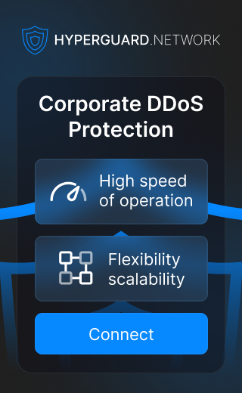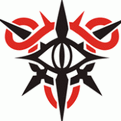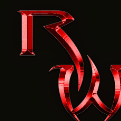-
Posts
-
Hello, I leave a video on how to add effects to the map with the l2smr, not everyone knows this way of adding the effects, so I leave this help video. and I also leave a video of the effects edited by me. In comments download link of the effect. https://youtu.be/cmDo1v2v8eg?si=WvsgEwdYJqZwJHDV
-
By JaneJLocane · Posted
Writing text takes a lot of time and effort. -
L2J Hellas the best pack guys i use it for 4 month and i am very very happy also absolutepower idk what to say for this guy. very trusted and very skilled the best dev what ever i wanted he make it. and gives many ideas to make the server run better https://l2royalwarriors.com/
-
Thanks for report, fixed. Olympiad issues have been fixed already, more than 450+ fixes done from last time we speak on skype, thanks for the report from admins running servers with more than 900+ online players. Client and Server sychronize 100% without lose any data, you will not find this fix in any Java Emulator or L2OFF. If you like to run a stable rare server Classic Interlude based on Vanganth C4 Mother-Core here you are! if you want be subscribe join us in discord. Thanks for our trust, we are the only authentic project here and the ONLY one running PTS authentic gameplay, Discord: https://discord.com/invite/tEX262TbhH
-
-
Topics








.thumb.jpg.df37ccc61247adee70593b8554a525b2.jpg)



Recommended Posts
Please sign in to comment
You will be able to leave a comment after signing in
Sign In Now